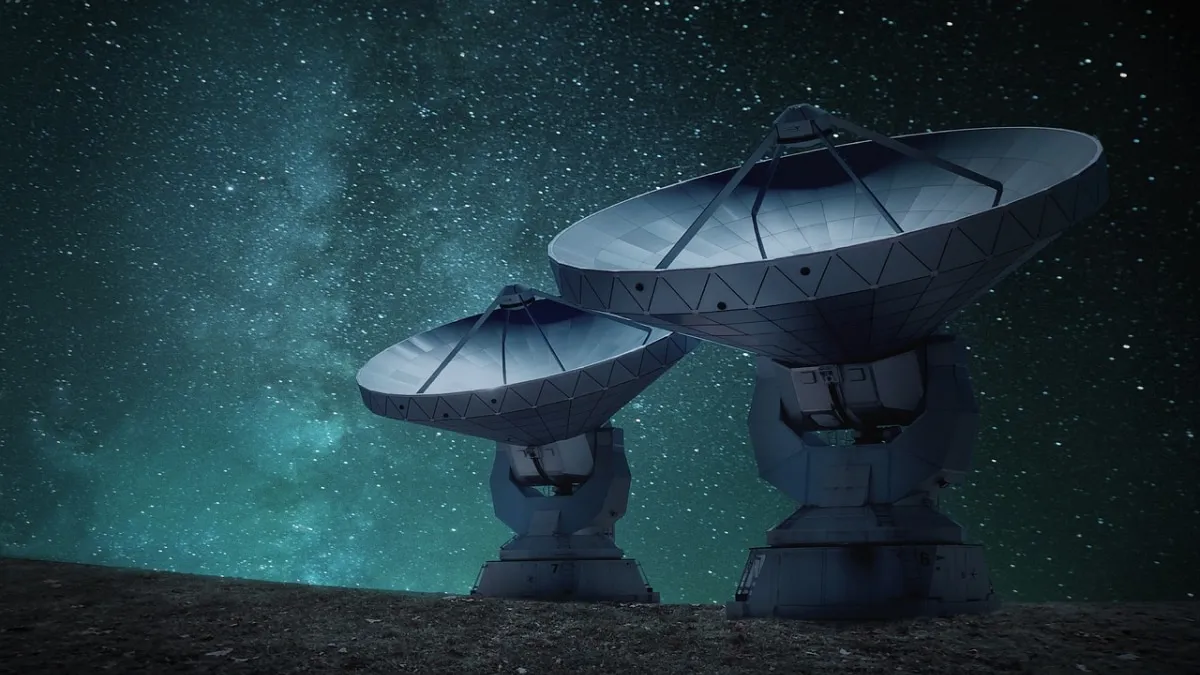Elon Musk's Starlink Satellites Threaten Ground-Based Radio Telescopes

Significant Interference from Starlink
Elon Musk's Starlink satellites are creating major disruption for astronomers worldwide. Scientists from the Netherlands Institute for Radio Astronomy (ASTRON) have found that the expanding network of Starlink satellites interferes with radio waves essential for space research.
Impact on Observations
According to Professor Jessica Dempsey, the interference from Starlink's second-generation satellites (V2) is significantly stronger than previous models. The electromagnetic radiation emitting from these satellites is up to 32 times stronger than earlier versions, complicating scientists' ability to gather essential data.
Concern Over Brightness
- The satellites orbit at approximately 550 kilometers above Earth, generating substantial noise that blinds radio telescopes from detecting faint astronomical signals.
- Over 6,400 Starlink satellites are active, with projections surpassing 100,000 by 2030.
Call for Action from SpaceX
Astronomers urge SpaceX to implement solutions such as designing satellites with better shielding against radiation. Without action, ground-based astronomy faces severe limitations in studying the universe.
This article was prepared using information from open sources in accordance with the principles of Ethical Policy. The editorial team is not responsible for absolute accuracy, as it relies on data from the sources referenced.